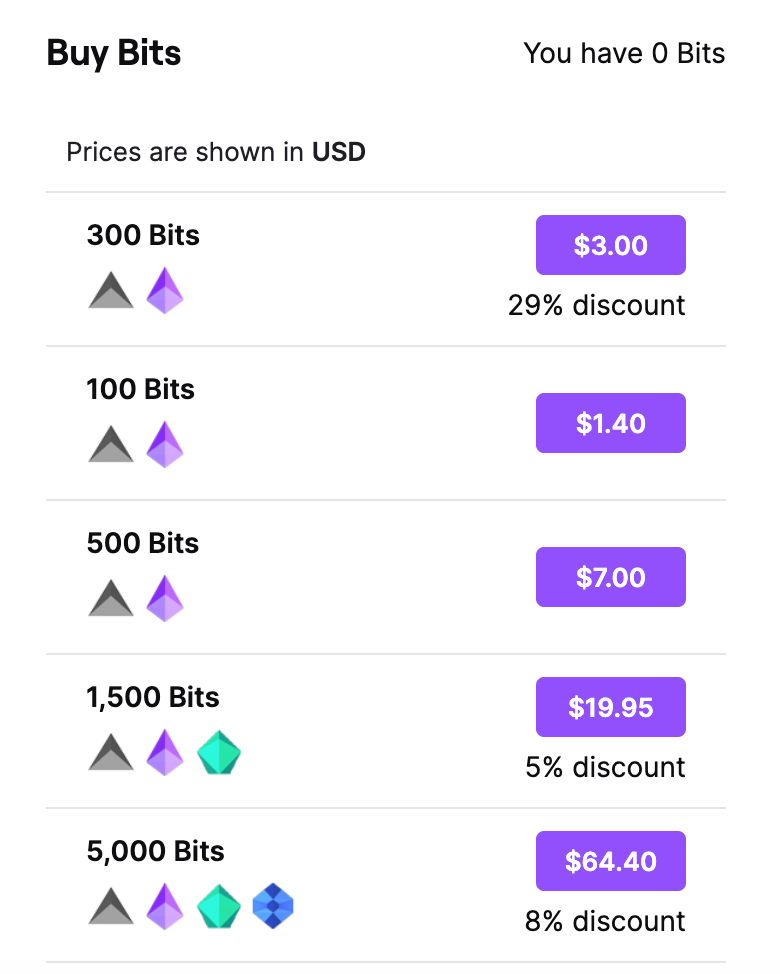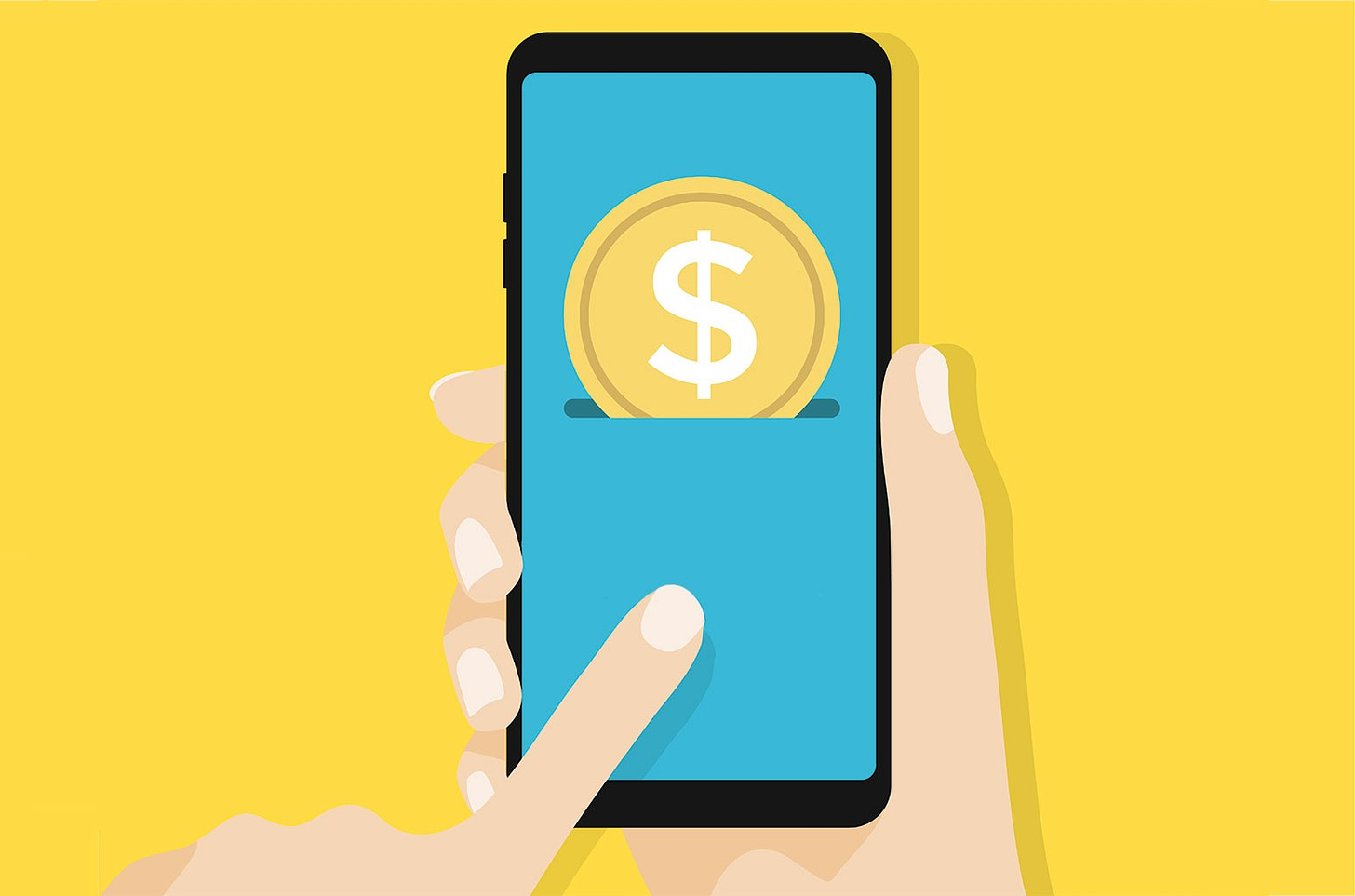New Resources on Passion Economy Stack 🥝
Clubhouse Tipping: Clubhouse (the live audio platform) launched its tipping feature, allowing fans to send money natively in-app with a 0% take rate.
Axios's Tipping Deep Dive: Sara Fischer of Axios explains how each major platform is approaching tipping.
Twitter announces Tip Jars: Twitter announced it's tipping feature that links to other payment tools (like Cash App or Patreon), also without taking any cut itself.
Apple is Holding Back the Creator Economy: Li Jin, Nathan Baschez, and Yash Bagal discuss how Apple's payment rules hurt both creators and fans.
Deep Dive: Tipping Wars
What is tipping?
Tipping is when you donate money directly to a creator to support them, without the explicit expectation for something in return. This is notably different from purchasing perks or items from a creator for two reasons:
There is (hypothetically) no cap to how much a creator can make from a tip (compared to selling items with a capped cost).
There is no requirement of additional service. When a creator receives a tip, there is no additional item or perk for them to fulfill
Some creators have "whales", which are fans who occasionally tip large sums of money (ex: $1000+).
However, the income generated from tipping is not consistent. One month a creator could pull in $5000 from tipping (if certain "whale" fans were especially generous that month) and then $1000 the next.
Because of this inconsistency, most creators do not rely on tipping as their main source of income, and use more consistent monetization methods (like subscriptions) for stability.
Tipping vs. Virtual Gifting
While tipping provides some sweet cherry-on-top revenue, accepting direct money can lead to a weird dynamic for creators, because they don't want to feel like a charity.
Enter virtual gifting: an abstraction that allow creators to accept payment for virtual gifts as opposed to direct cash. For example, fans on Twitch donate "bits" to creators, and each bit costs ~1 cent. There are a few key differences between traditional tipping and virtual gifting:
Async vs. sync. While tipping is generally async (meaning you can donate to a creator's Venmo anytime), virtual gifting is often synchronous and encouraged during livestreams. The live component of virtual gifting allows for gamification mechanics as well. For example, donating Twitch bits allows fans to amplify their message in the livestream chat to grab a creator's attention. Given that, tipping loses out on instant feedback loops to fans. However, tipping gains ability for creators to accept payments anytime, even outside of a livestream slot.
Direct dollar amounts vs. new virtual currencies. Virtual gifts abstract away dollar amounts. For example, on Kumu, a livestreaming app in the Philippines, you can convert 50 pesos cents into a virtual Kumu coin. This makes it easier to spend, since these currencies hide how much money is actually being taken away from a fan's bank account. These currencies are often sold in bundles that encourage you to buy more for a cheaper rate. Creators may also feel more comfortable accepting representations of money versus direct donations.
One notable similarity between both tipping and virtual gifting is that they both come at a high transaction price on mobile devices (which leads us to our next point).

Apple vs. Creators, Creator Platforms & Fans
Last week, Li Jin released an article talking about how Apple holds back the creator economy. Specifically, Apple:
Requires all payments for digital content to use Apple's In-App Purchase model (IAP)
Takes 30% per transaction
Caps any transaction price at $999
Acts as gatekeepers of the app store, meaning it controls 1) the types of apps that are allowed and 2) handles all product & payment related requests (disputes, refunds, etc.), creating murky fan and creator relationships
Apple's restrictive measures create a faulty ripple effect throughout the creator ecosystem:
Creator platforms that need to sustain themselves as businesses must either get a lower cut of every transaction or add their own hefty fees on top of the 30% take rates.
Creators are robbed of dollars needed to sustain their creative businesses or have to charge their fans an extra amount, hurting the creator to fan relationship.
Fans pay extra for every transaction or (more likely) are dissuaded from making a purchase from a creator they love given exorbitant fees.
The entire creator ecosystem loses out on transactions and dollars that could have transpired. Some platforms and creators resort to monetizing purely via web, which cuts out potential transactions given 70% of active Internet usage is on Apple mobile devices.
Platform vs. Platform War
Large platforms are bidding for creator's loyalty and those creator's fans. To do that, a wave of platforms brought about new monetization models in favor of creators, a slight shift away from ads (which arguably benefit companies more than creators).
Tipping is one such way to monetize. We see this behavior manifested in different ways:
Platforms like Buy Me A Coffee & Ko-Fi enable creators to receive "tips" in the form of "coffees" to fund all forms of work. You can embed your BMAC or Ko-Fi links on the websites you're building, newsletters you're writing or on your favorite link-in-bio app.
Creators are adding their Venmo or Paypal handles, or even crypto public keys on their Twitter and Instagram bios, hacking away at a form of tipping
Clubhouse & Twitter recently announced their new tipping features. The two platforms take 0% from tips, a surprising & bold move, at the hope of attracting creators to their platforms.
On Twitter, their "Tip Jar" just links to existing payment tools (like Cash App or Patreon), whereas Clubhouse integrates payments natively on their platform. Since Twitter makes the vast majority of their revenue from advertisements, they can enable creators to use whatever monetization tools they want and not worry about take rates for the long-term.
On the other hand, Clubhouse has not launched a monetization strategy yet, and if they decided they wanted to take a % cut of tips in the future, they will likely have a hard time competing with the 0% take rate and flexibility of tools that Twitter provides.
Conclusion
In conclusion, it's clear that direct fan <> creator payments are here to stay, whether through direct tipping or virtual gifts. Today, large platforms extract the most value from these payments: with Apple taking a meaty cut of all iOS transactions and Twitter leveraging its scale and ad model to offer 0% take rates.
What's unclear is whether these incumbent advantages will still hold: especially with Apple being in courts with Epic over their App Store practices. We hope to see more innovation here in the coming months: stay tuned!
Shoot your shot!
If you’re a startup that’s raising, check out this amazing opportunity!








